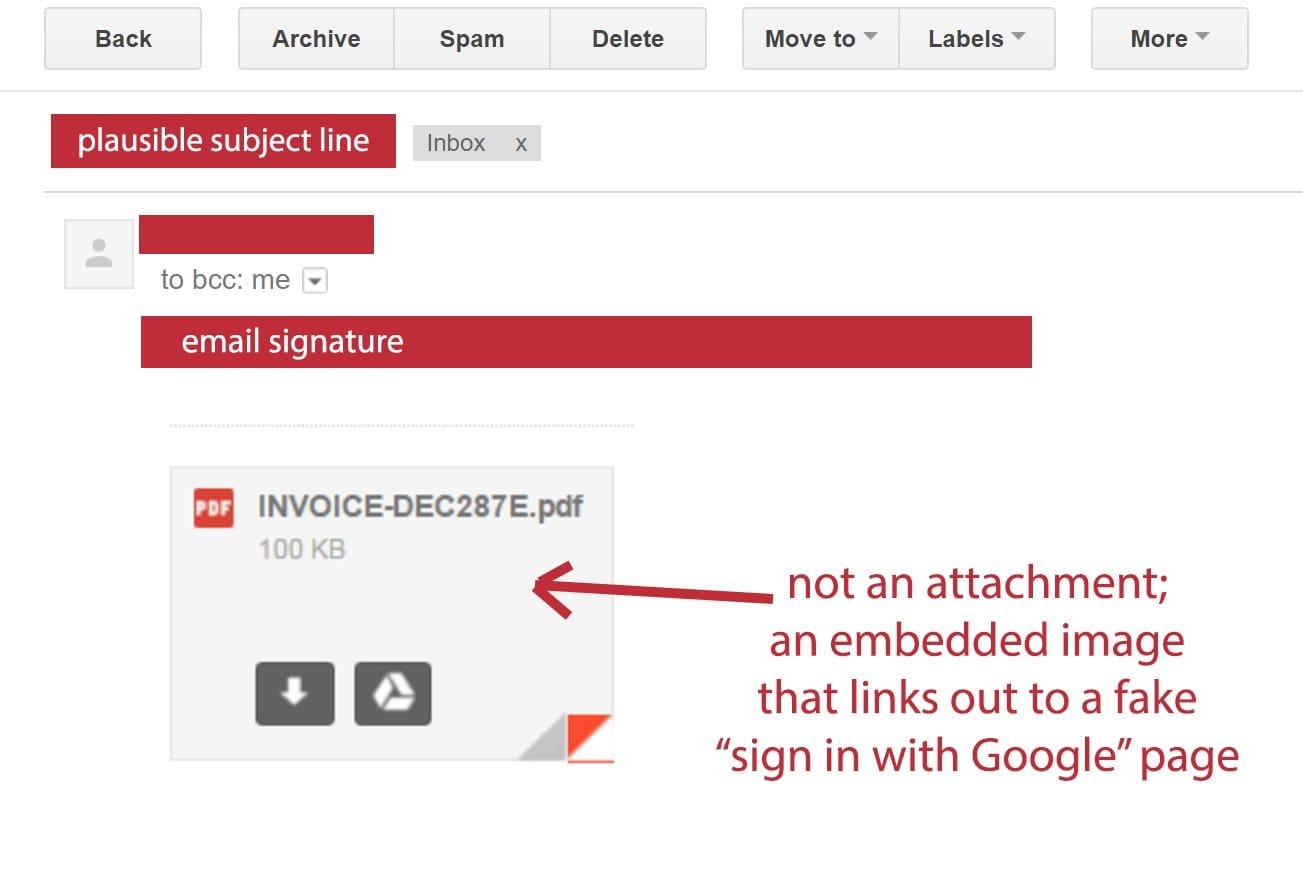In a significant development for global internet access and space technology, SpaceX executed a successful launch on February 8, 2025, from Cape Canaveral Space Force Station in Florida. The company’s Falcon 9 rocket carried 21 Starlink satellites into space, a key step towards expanding the Starlink initiative designed to provide high-speed internet to underserved and remote areas around the globe.
This mission not only demonstrated SpaceX’s operational efficiency but also highlighted incremental advancements in satellite technology. Among the 21 deployed satellites, 13 are equipped with the company’s innovative Direct-to-Cell capabilities. This feature enables the satellites to establish direct communication with mobile devices, effectively enhancing cellular connectivity and extending the reach of mobile networks to areas lacking traditional infrastructure. With such advancements, SpaceX is bridging digital divides, making internet access more inclusive.
The launch occurred at 2:18 p.m. ET under clear skies, a visual testament to the continuing progress of commercial space exploration. The Falcon 9 rocket, heralded for its reusability and cost-effectiveness, performed its duties with precision. This particular first-stage booster, now a veteran of 17 flights, once again executed a safe landing on a designated drone ship stationed in the Atlantic Ocean. This feat underscores SpaceX’s achievements in sustainable and economical space transport.
As part of the broader Starlink initiative, the latest launch adds to an ever-growing constellation of satellites orbiting Earth. With approximately 7,000 satellites already deployed, SpaceX is steadily progressing toward its ultimate goal of operating a massive constellation of up to 42,000 satellites. This ambitious goal aims to enable global high-speed internet coverage, ensuring connectivity in even the most inaccessible regions.
The launch’s success is also a positive indicator for broader aims in space utilization. SpaceX, led by Elon Musk, continues to spearhead the rapid development and deployment of technology that pushes the bounds of what’s possible in space exploration and satellite communication. With such advancements, the company has consistently captured the global spotlight for innovation. Starlink, in particular, signifies a technological milestone in addressing long-standing disparities in internet access.
The introduction of Direct-to-Cell capabilities is also expected to revolutionize telecommunications services. These satellites can establish direct connections with mobile phones or other handheld devices, potentially eliminating dependence on ground-based cell towers in many areas. This capability would be particularly beneficial during emergency situations, where natural disasters might disrupt traditional infrastructure. This innovation positions the Starlink system as a pivotal tool not just for connectivity but also for critical humanitarian and disaster response operations.
The practicality of Starlink’s technology extends beyond terrestrial applications. The integration of such capabilities could also serve scientific communities in remote locations, marine vessels, and airline services, where robust internet connections remain a challenge. As Starlink satellites orbit in low Earth trajectories, they reduce latency, enhancing internet speed—a major advantage over traditional satellite-based internet services.
This launch marks one of the many frequently executed SpaceX missions that have cemented the company’s reputation for reliability. Public interest in these launches continues to grow, reflected in the enthusiasm from live-stream viewers who watched as the Falcon 9 roared into the Floridian skies.
Despite the success of SpaceX’s work with Starlink, its rapid deployment program is not without criticisms. Some astronomers have raised concerns regarding the increasing number of satellites cluttering the night sky, which could complicate ground-based astronomical observations. In response, SpaceX has been working on mitigation strategies, such as equipping satellites with anti-reflective coatings and other measures.
Nevertheless, SpaceX is pressing ahead with its vision of a connected world. The February 8 launch represents another leap forward in deploying transformative technology, offering innovative solutions to overcome global connectivity challenges. With the commercial space sector evolving at a rapid pace, SpaceX continues to pave the way, pushing boundaries while demonstrating that solving large-scale problems is indeed achievable.
By successfully launching and deploying the latest Starlink satellites, SpaceX reaffirms its commitment to providing widespread, high-speed, and reliable internet access. The company’s progress is a potent reminder of how technological advancements in space exploration can significantly impact life on Earth, making everyday connectivity increasingly attainable even in the planet’s most remote corners.



